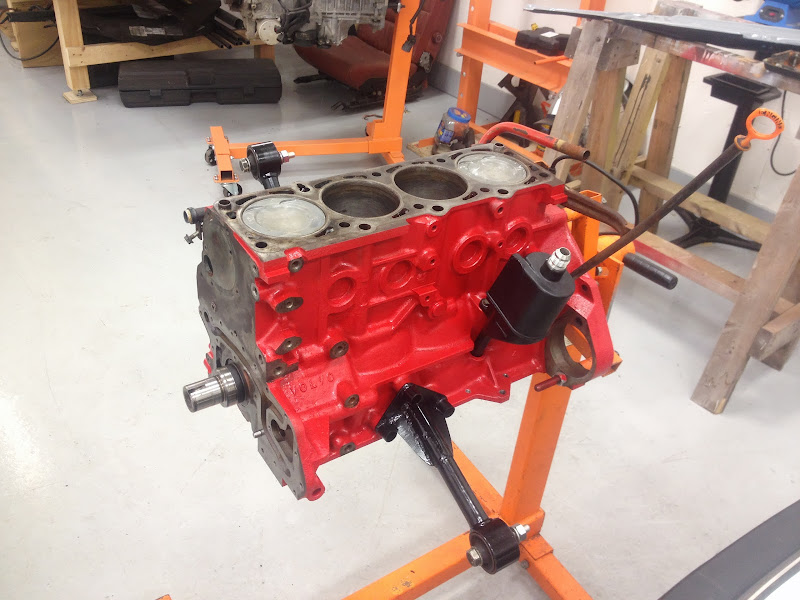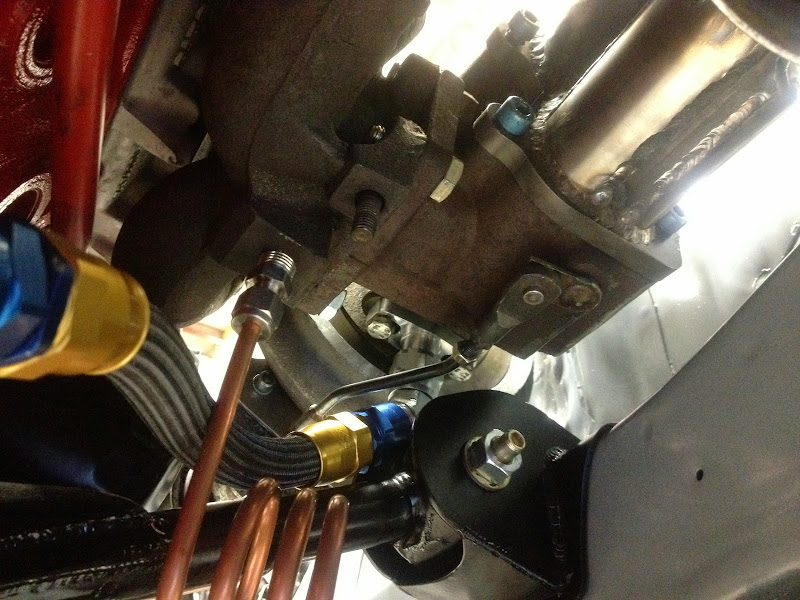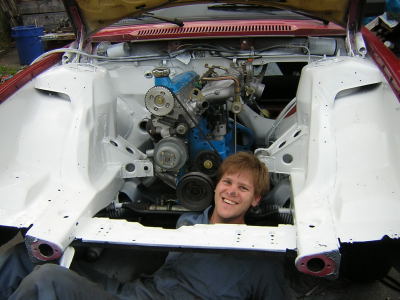huskybruiserjr
Member
- Joined
- Oct 19, 2013
- Location
- Houston
what are the benefits of staying slanted vs mounting the engine upright?
anything wrong with mounting it upright?
anything wrong with mounting it upright?
Hello Guest, welcome to the initial stages of our new platform!
You can find some additional information about where we are in the process of migrating the board and setting up our new software here
Thank you for being a part of our community!
what are the benefits of staying slanted vs mounting the engine upright?
anything wrong with mounting it upright?
Motor mounts on the Volvos are poor, ancient design anyway so in a performance car they should be completely redesigned anyway so that may cancel out either way.
Up-right advantage: possible dry sump.
The stock mounts are ****, plain and simple. They're mounted so close to the engine that even small reaction torques create large forces on them. Because of the angle they're at, the force stresses the mount in shear, which is even worse in terms of life span. They're also made from soft rubber that has a lot of compliance and tears easily.
Here's how I re-did the mounts on my car:


Those are torque rods from the rear axle that have been cut apart and re-purposed. They have soft factory bushings and the engine barely moves when you open the throttle.
I know John has some photos of similar mounts he has fabricated that I hope he'll share as well.




This thread is turbobricks gold. Thanks Karl and John

It's attached using the cross member bolts.

With a tiny bit of creativity you could even make the chassi rail end a bolt on assembly if you were worried about returning you car to its "all matching number "condition when you're doing pounding a car..